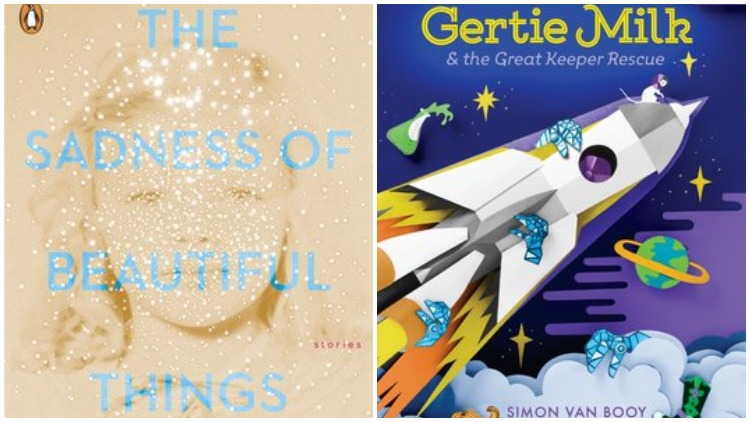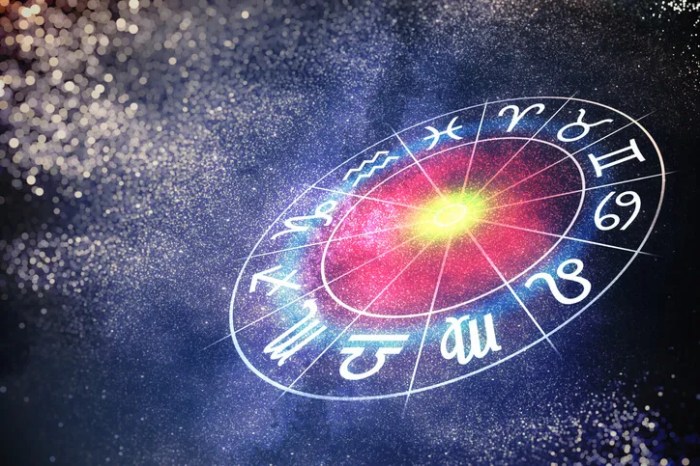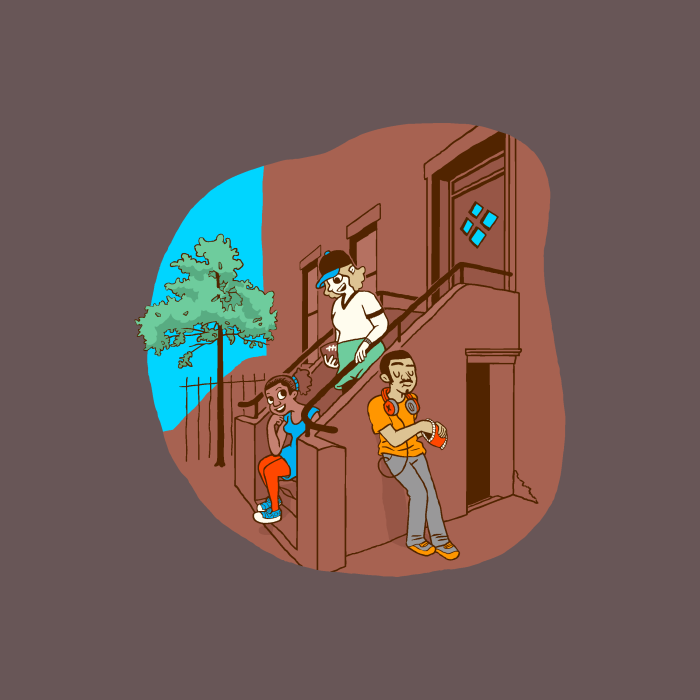James Joyce famously said of the short story that it should provide an epiphany, an unexpected insight into the human predicament, a small beam of light into the general darkness. Some writers, though they have written longer fictions, seem most accomplished and most successful with their short stories: de Maupassant, Chekhov, Katherine Anne Porter, John Cheever, Katherine Mansfield, Frank O’Connor.
Simon Van Booy, who graduated from the writers’ program at Southampton College and lived on the East End for many years, belongs to the same fraternity. Official recognition of his skills came when he won the Frank O’Connor Prize for the Short Story, the most prestigious and lucrative prize for the genre. “The Sadness of Beautiful Things” (Penguin, 192 pages, $16) is his fourth volume of short stories. The title alone is in itself an epiphany and we realize that we are most susceptible to beauty when we are most vulnerable and aware of loss.
The sense of loss permeates the stories in this collection. The loss of a loved one or of loved ones, the loss of memory, the loss of opportunity.
Mr. Van Booy makes a point in an author’s note that most of these stories are based on true incidents. This is probably true of most fiction. This cannot be true in the story “Playing With Dolls.” This is an entirely gripping foray into science fiction. A mother and father worry about their child and the fact that she will remain a child forever. Why she will is for you to discover. In “Not Dying,” Lennie hears a radio preacher warn of the end of the world. To avoid the coming conflagration he takes his wife and daughter to a remote cabin in the woods. He cannot avoid an entirely different and less universal conflagration.
In “The Pigeon” a boxer who has been mugged shows great kindness to the man who mugged him.
In “The Green Blanket” Mr. Stucci is suffering from a deep depression that is cured by a mysterious Dr. Ping, whose bathroom-sized office is in the back of a Chinese restaurant. Dr. Ping has given him a pair of glasses that revive the joys and aspirations of his childhood, and that give him visions of his late brother who died at age 9.
Like Henry James, an author “on whom nothing is lost,” Mr. Van Booy takes in everything, but unlike James, he writes in language that is spare and clear, with a subtle and understated poetic lilt.
Mr. Van Booy, it will come as no surprise to those familiar with his work, has more than one string to his bow. He has written several novels and a play, edited three books on philosophical subjects, and is now publishing his second children’s book, “Gertie Milk and the Great Keeper Rescue.” (Razorbill Penguin Random House, 334 pages, $17.99)
This is a sequel to “Gertie Milk and the Keeper of Lost Things.” In that book, the 12-year-old heroine, Gertie, was washed up on the shores of a mysterious island, Skuldark, the home of all things that are lost.
That book introduced us to an unforgettable cast of characters: Gertie herself, KOLT (a Keeper Of Lost Things), Robot Rabbit Boy (a fluffy little stuffed bunny with a taste for mashed potatoes and a nose that shoots fire, whose official name is a Series 7 Artificial Intelligence Forever Friend).
They are the Keepers. It is their job to go through space and time to restore things that have been unfortunately lost. That which sends them on their various missions is the BDBU (The Big Dusty Book Upstairs), whose pages flip to the place, time, and item to be returned.
Opposed to the Keepers are the evil Losers, who wish to destroy the Keepers and all lost things. In the initial book of the series, they actually kidnapped the BDBU.
In this book, the Keepers’ trips in time take them to Renaissance Venice, where they aided Girolamo Fracastoro, who first proposed the existence of germs. Another trip brought them to Marie Curie’s lab, where they returned a lost dish of radium. The most significant trip backward in time brought them to 19th century America, where they restored a page of his syllabary to the Cherokee genius Sequoyah. It was Sequoyah who created written symbols for the preliterate Cherokee nation.
In meeting Sequoyah, they also meet a young boy called “Birdy.” Birdy, like Leonardo da Vinci before him, had tried to duplicate the flight of birds, after careful study of the anatomy of a bird’s wing and its movement in flight. What made the visit significant for the Keepers was that, though he didn’t know it, Birdy was a Keeper of Lost Things. He was also being pursued by the Losers and their leader, Cava Calla Thrax, who had imprisoned Keepers in various spots throughout time and space.
Gertie is determined to free the imprisoned Keepers, but before she does that our three heroes have to dispose of a bomb that threatens to create a black hole.
“The Keeper Rescue” has plenty of suspense and action and a quirky humor that can make even an adult laugh out loud.
Though “Gertie” is targeted for the 8 to 12 age group and would make a perfect holiday gift (my 12-year-old grandson said it was “awesome”) an adult would have to be very strong to resist its allure.
Fred Volkmer is a literary and music critic. He is a member of the National Book Critics Circle.































